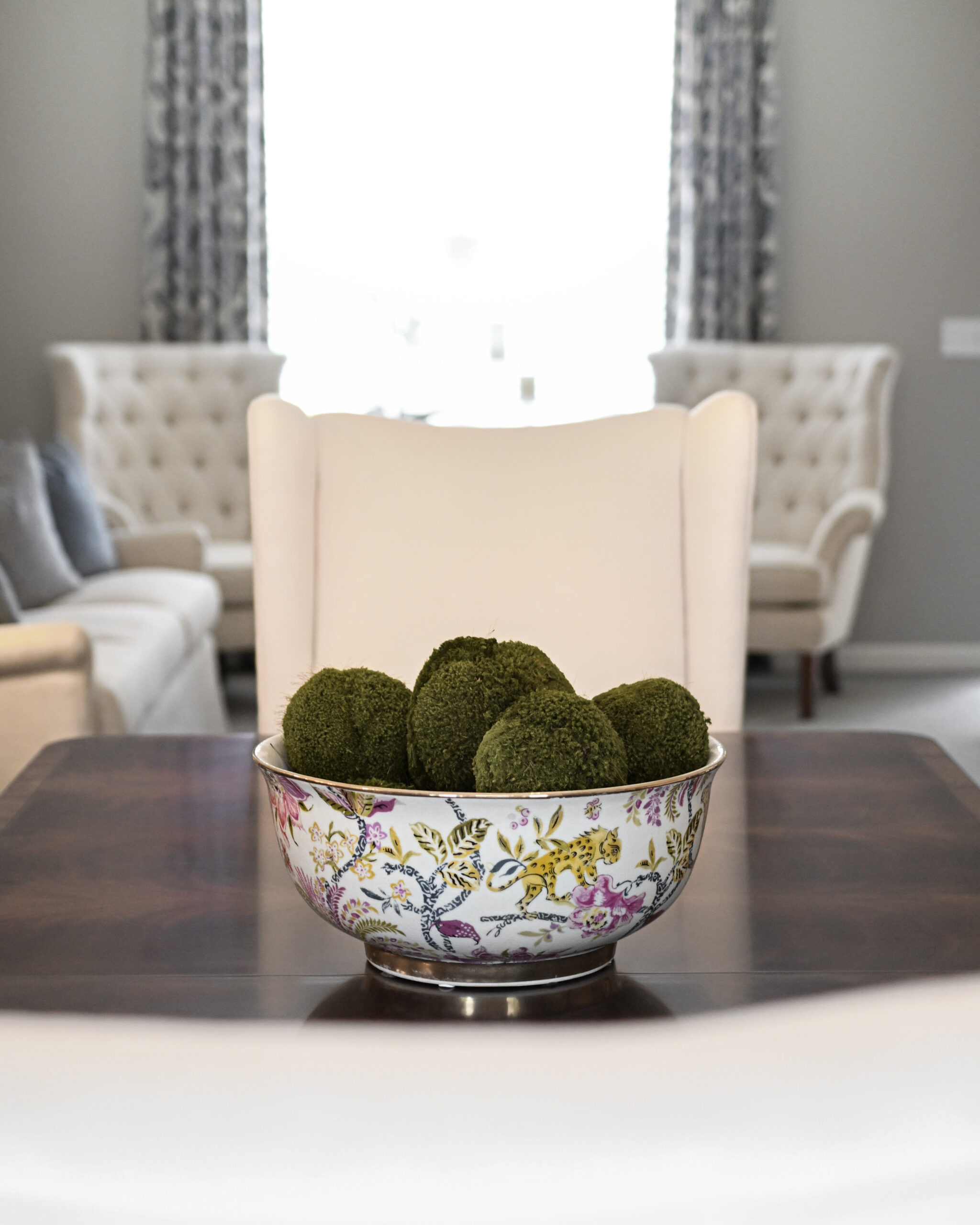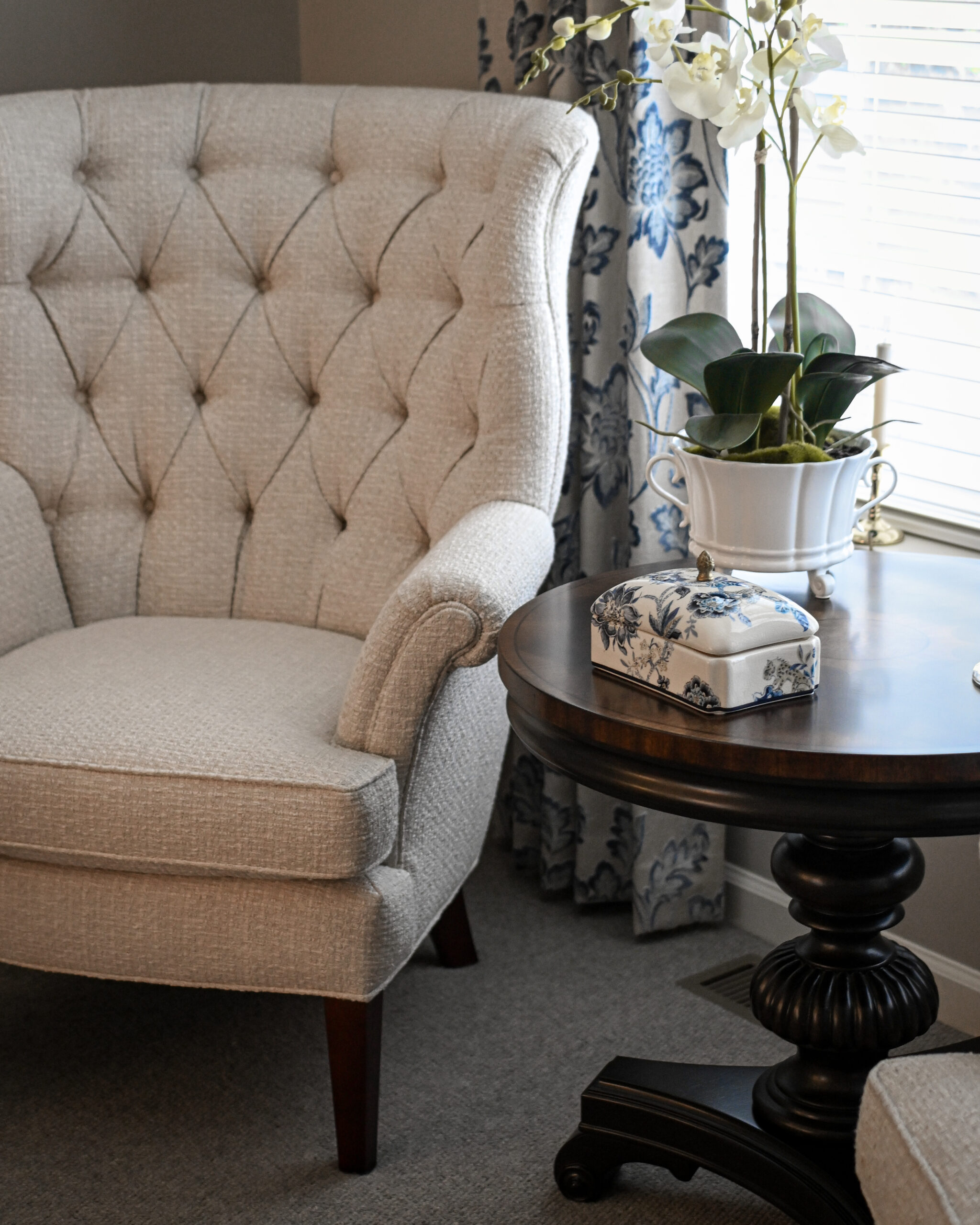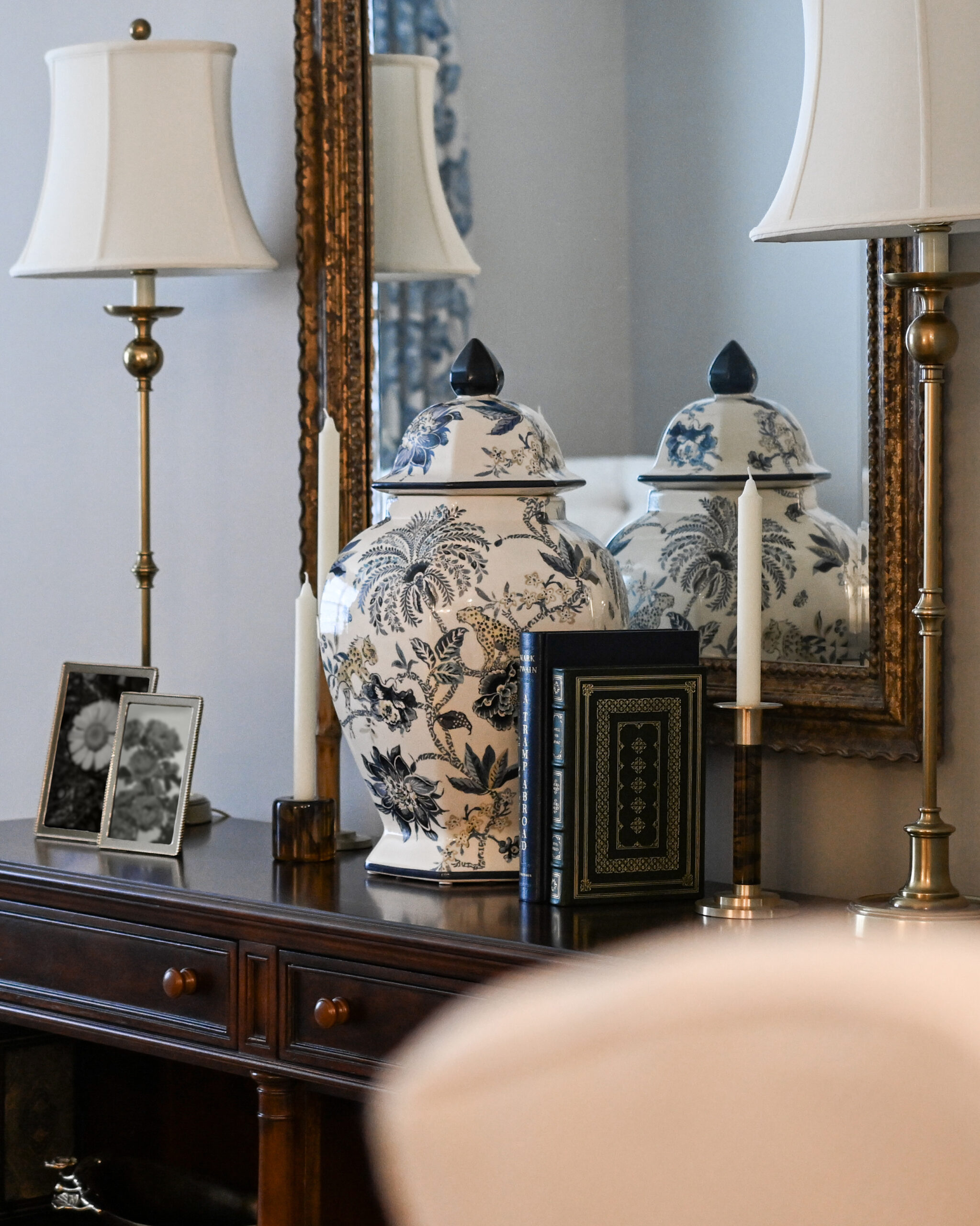Mastering the Art of Home Decorative Accessorizing
Tips to Simplify the Challenge
Ah, home decorative accessorizing! It’s that magical final step that transforms a house into a home, where your personal style takes center stage, and the space evolves from mere functionality to heartfelt expression.
Yet, despite its importance, many people find this task about as enjoyable as trying to assemble flat-pack furniture without an Allen wrench. But fear not, dear reader! Here are some tips to simplify the art of home accessorizing, turning it into a delightful and rewarding endeavor rather than a daunting chore.
Start with a Vision
Before you embark on the thrilling shopping spree for accessories, it’s crucial to envision the overall look and feel you want for your space. Are you aiming for a minimalist sanctuary, a cozy nook, an eclectic gallery, or a modern marvel? Creating a mood board with color palettes, textures, and styles that tickle your fancy can be immensely helpful. Think of it as your decorating GPS, keeping you on the straight and narrow and preventing you from veering into “random-purchase-ville.”
Layering and Grouping / The Lasagna Approach
Layering adds depth and richness to a room, much like a good lasagna. Start with the foundational pieces—rugs, furniture, and large art pieces. Then, add medium and small accessories, like adding cheese and sauce layers.
Balance and Proportion / The Yin and Yang of Decorating
Understanding balance and proportion is key to successful accessorizing. It’s like dating, you need to find the right balance and ensure everything fits together harmoniously.

Symmetry: For those who prefer a formal and harmonious look, symmetry is your best friend. Place similar objects on either side of a focal point, like a well-behaved couple at a dinner party.
Asymmetry: If you’re more into a relaxed, dynamic vibe, go for asymmetry. Arrange items of varying heights and shapes to create visual interest, like a fun and quirky group of friends who somehow just work together.
Vary Heights and Textures
Mix objects of different heights and textures. Place a tall lamp next to a shorter vase or stack of books. It’s like arranging a perfect dinner table with a mix of tall wine glasses and shorter water glasses.
Use Trays and Bowls: Contain smaller items like candles, coasters, and decorative objects in trays or bowls. This helps organize and highlight these pieces without creating clutter. Think of it as the accessory version of a charcuterie board—everything in its place and looking fabulous.
Personal Touches / Your Home, Your Story
Accessories are a golden opportunity to infuse personal touches into your home. Including items that tell your story, such as travel souvenirs, family photos, or heirlooms, makes a space uniquely yours and adds a sense of connection and warmth. It’s like sprinkling a little bit of yourself all over your home—without the need for DNA samples, of course.
Consider Functionality / Beauty Meets Brains
While aesthetics are crucial, functionality should not be overlooked. Choose accessories that are not only beautiful but also serve a purpose. Stylish storage baskets can hide a multitude of sins (or clutter), and attractive throws and cushions can add comfort and warmth. It’s the decorating equivalent of marrying someone who’s both good-looking and can cook.
Mind the Scale / Bigger is Often Better
A common mistake in accessorizing is using items that are too small for the space. Small accessories can get lost in larger rooms like socks in a dryer. Instead, opt for fewer, larger pieces that make a statement and are proportionate to the room’s size. Go big or go home, as they say.
Rotate and Refresh / Keep It Fresh
Accessorizing is not a one-time task. To keep your home feeling fresh and updated, periodically rotate accessories. This doesn’t mean you have to go on a shopping spree every season. Simply moving pieces from one room to another or swapping items seasonally can rejuvenate your space. It’s like giving your home a mini facelift without the downtime.
Trust Your Instincts / You Do You
While guidelines are helpful, your home should ultimately reflect your tastes and preferences. Trust your instincts and choose accessories that you love. If a piece speaks to you and fits your vision, it will contribute positively to your home’s ambiance. After all, you’re the one who has to live with it!
Decorative accessorizing can indeed be challenging, but with these tips, you can approach it with confidence and creativity. Starting with a clear vision, understanding the principles of balance and proportion, and not shying away from adding personal touches are key. By layering thoughtfully, considering functionality, and trusting your instincts, you’ll create a space that’s not only beautiful but uniquely yours.
For more advice on accessorizing, stop in at GailGray Home Furnishings & Design and let one of our experts guide you on accessory placement and follow us on Facebook and Instagram!
Happy decorating!


